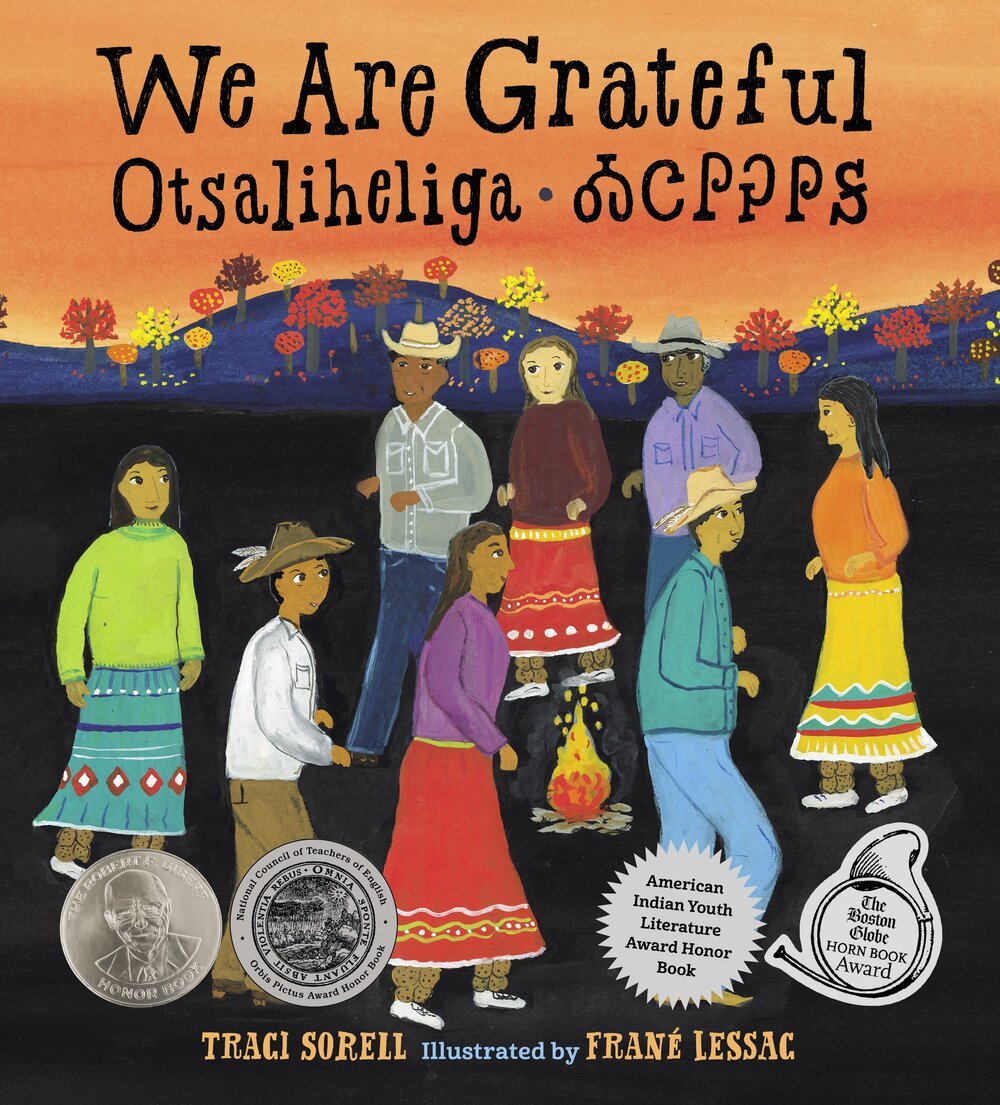As COVID-19 deaths spiked in 2020, Suzanne Firstenberg’s public art installation "In America: How could this happen…"
History Explorer Results (591)
Related Books (350)

Grade Range:
5-12
Resource Type(s):
Artifacts, Primary Sources
Date Posted:
12/15/2010
On October 28, 1774, the Rhode Island General Assembly chartered the Newport Light Infantry as a voluntary association of local citizens. These citizens wanted to form a company to obtain better military training than the colonial militia provided. The infantry, 100 strong, demonstrated its patri

Grade Range:
K-12
Resource Type(s):
Artifacts, Primary Sources
Date Posted:
12/15/2010
During the colonial period, cattle horns were used by woodsmen and by soldiers for storing gunpowder in a safe, dry place. The horns also became decorative objects as they were personalized by the owner. Makers carved names, initials, dates, flags, battles, and even full maps on the exterior of t

Grade Range:
K-12
Resource Type(s):
Artifacts, Primary Sources
Date Posted:
12/13/2010
Physical Description
Blue wool coat with gold trim on cuffs. Cap with wool body and gold-colored band. Naval insignia.
Specific History
Service coat and cap worn by Captain Charles V. Gridley at the Battle of Manila Bay.
General History
An Annapo

Grade Range:
K-12
Resource Type(s):
Artifacts, Primary Sources
Date Posted:
12/13/2010
Blue, white, and red banner with an image of Admiral Dewey in center of white stripe, surrounded by laurels. “Admiral Dewey” in banner among the laurels, American flag, and a navy fleet admiral’s flag. “The Hero” in top blue stripe. “Of Manila” in bottom red stripe.
A

Grade Range:
K-12
Resource Type(s):
Artifacts, Primary Sources
Date Posted:
12/13/2010
Physical Description
Black felt, grosgrain ribbon, ostrich feathers, and gold cockade, which is a ribbon rose or knot.
Specific History
Admiral Dewey is often pictured wearing his chapeau bras.
General History
A chapeau bras is a type of hat made

Grade Range:
K-12
Resource Type(s):
Artifacts, Primary Sources
Date Posted:
12/13/2010
This Smith & Wesson was found loaded at the Little Big Horn Battlefield in 1883.
The Smith & Wesson Schofield revolver, .45 caliber, was manufactured from 1875 to 1878. The vast majority of the 9,000 guns went to the U.S. Army. Many saw service in the Indian Wars, though th

Grade Range:
5-12
Resource Type(s):
Artifacts, Primary Sources
Date Posted:
12/9/2010
Enlistment paper of John Edwards in His Majesty's Provincial Service, 1760.

Grade Range:
K-12
Resource Type(s):
Artifacts, Primary Sources
Date Posted:
12/6/2010
According to legend, this coat was made from the skin of a buffalo killed by Buffalo Bill, and presented by him to Captain J. B. Irvine, Twenty-second U.S. Infantry. Irvine then presented it to Second Lieutenant Albert C. Dalton, Company A, U.S. Infantry.
In a life that was part le

Grade Range:
5-12
Resource Type(s):
Artifacts, Primary Sources
Date Posted:
11/30/2010
This artifact is one of three known surviving components of a suite of four, and possibly five, colors carried by the Second Regiment of Continental Light Dragoons during the Revolutionary War. Although no definitive order has survived specifying the number of colors to be carried by a regiment o

Grade Range:
5-12
Resource Type(s):
Artifacts, Primary Sources
Date Posted:
11/30/2010
The compact boarding axe was an effective weapon in close combat. While an effective in hand-to-hand combat, it was more effective as a tool. The boarding axe was used to clear the decks of lines and broken timbers. It was invaluable at removing hot shot which caused devastating fires on board sh



















